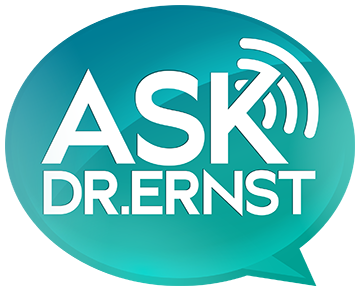If you’re like most people, the mention of “healthy” food, “organic” food, “natural” food or “fresh” food lights up an alarm bell in your brain that flashes “MORE EXPENSIVE” as soon as the words are read or uttered.
There is good reason for this immediate reaction. But like most things, there are layers of complexity that both prove and de-bunk the myths. And whether or not you pay more for healthy food depends on who you are, where you live, what you eat and how you approach the intersection of shopping, food and finances.
For example, several million Americans live in what’s called a “food desert.” This means that at least one-third of the population in a region lives more than a mile away from a grocery store offering fresh fruits, vegetables and meat. For these people, fresh food really is more expensive just by virtue of the fact that it involves transportation costs, generally means a lack of competition among grocery stores and less variety.
And the USDA does admit that organic food does come at a premium, though that differs greatly by how you buy it–at a grocery store or a farmer’s market for example.
However, there are lots of ways to mitigate costs. Here are some tips:
- Buy at farmers markets
- Buy in bulk when possible
- Learn how to cook – and this doesn’t just mean recipes. If you cook your own black beans, for example, rather than buying organic black beans in a can, you’ll save money, even over buying non-organic black beans in a can.
- Cook rather than eating out. Not only does organic food come at a premium at the grocery store, buying healthy food at a restaurant costs even more than that.
- Buy fruits and vegetables in-season. Sure, you can get Strawberries in February, but it’ll cost you. During winter months, eat more root vegetables and things like squash and sweet potatoes.
- Join a co-op–or create your own! If you pool your resources with a group of health-conscious friends, you can buy things like whole a whole lamb or grassfed cow, split it evenly and freeze it. It can seem to cost a lot upfront, but when you see how much meat you get, you’ll immediately understand the savings.
- Know how to prioritize – There’s a great resource by the Environmental Working Group (EWG) called the “Dirty Dozen” and the “Clean 15.” It’s re-calculated every year and exposes the most toxic fruits and vegetables that you absolutely must buy organic and the fruits and vegetables you can probably go ahead and buy non-organic.
- Learn the art of shopping – The USDA has a great set of resources that teach you how to shop on a budget. Highlights include learning how to read “unit prices,” how to plan meals for two weeks, combining ingredients and even includes a lot of recipes (just make sure your fruits and veggies are organic and your proteins are grassfed, wild-caught and free-range).
- Learn the cycle of your local food sellers – For example, in my area, Whole Foods gets their deliveries on Wednesdays. This means new coupons come out on Wednesday/Thursday and Tuesday is often when they try to get rid of their produce and, in an effort to move product, they discount it.
Lastly, consider your mindset. Like mentioned above, in some very real ways, healthier food is more expensive. But this is not always the case, and often to our detriment, we just think this is true and live our lives based on a fallacy.
There have been some fascinating studies on the subject.
In one study, consumers were presented with a two chicken wraps that, in reality, were exactly the same. The only differences were the name and price. It didn’t matter what name they gave the chicken wrap, consumers would automatically think of the more expensive one as more healthy and would purchase accordingly.
In another study, when a product was presented as “healthier” than another product, but priced lower, consumers would be more likely to research the product to find out if it was healthy and why it was less expensive.
Conversely, when consumers were asked to guess the prices of products, if the products were labeled as healthy, consumers generally inflated the estimated price.
Essentially, we are conditioned to think that health = cost, even when this isn’t necessarily the case.
All it takes to eat healthy and a lower cost is a good attitude and a little effort. And the payoff is enormous.
